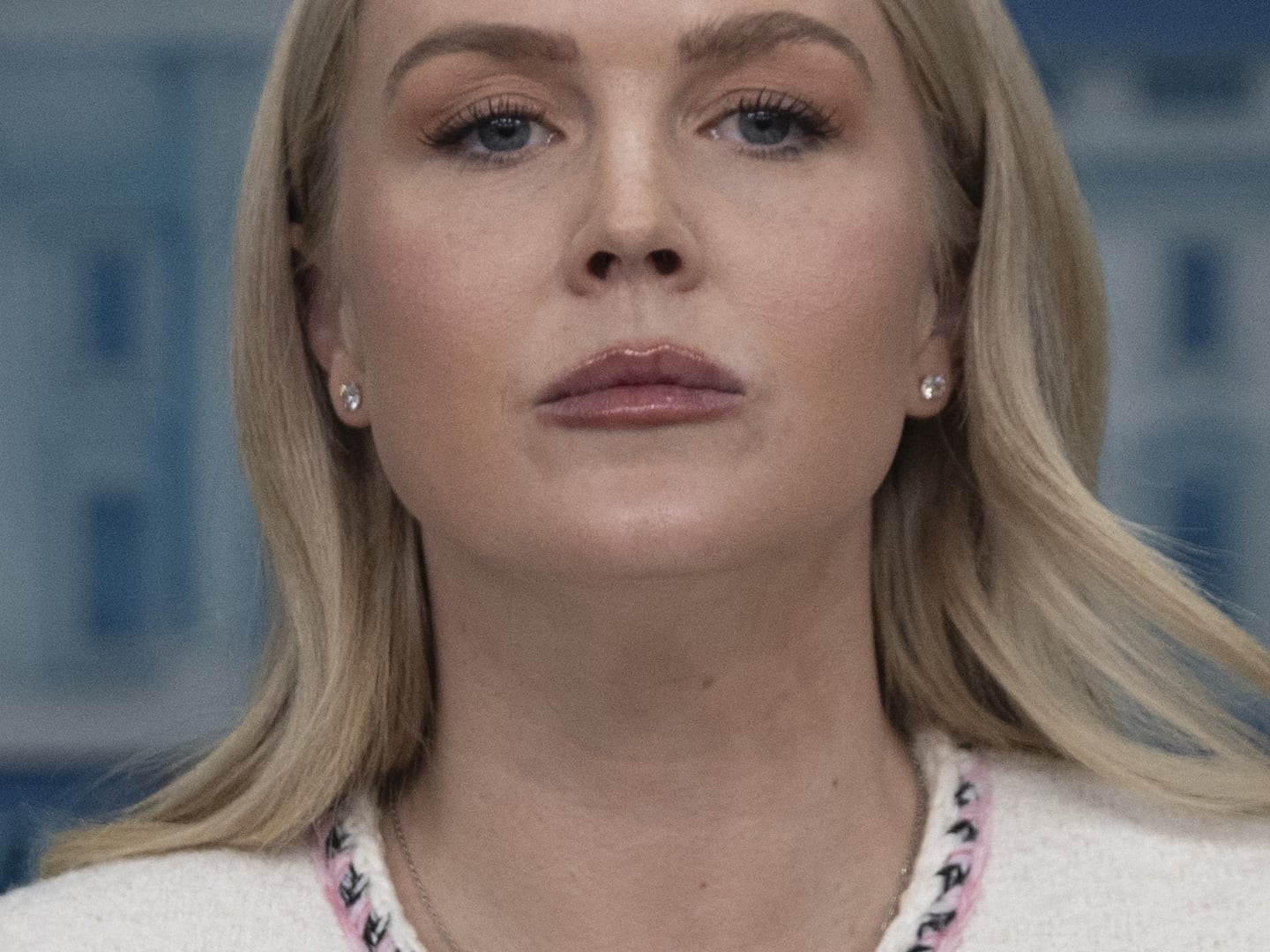Helga Blow’s world is a wonderful place to visit. The former Dior model has photos of Mahatma Gandhi and Jawaharlal Nehru on the stairs, she innocently namedrops much of London society and her former daughter-in-law was the talent spotter and fashion icon Isabella Blow.
It’s a world that is more than open to visitors as well, because she happens to own what could well be the most mind-blowing hotel in the world, Helga’s Folly, a brutalist concrete block with a to-die-for view, designed in 1930 by her mother Esme de Silva (even though her aunt was the architect Minette de Silva, rumoured to have been a lover of her mentor Le Corbusier) on the mountains which surround the hill town of Kandy, in Sri Lanka.
Guests over the years have included Vivian Leigh, Peter Finch, Sir Laurence Olivier, William Holden, Gregory Peck, Sir Alec Guinness, and Zandra Rhodes.
Kelly Jones of British rock band the Stereophonics was so impressed by Helga that he composed a single, ‘Madame Helga,’ in her honor.
The hotel, which could so easily be just another ghastly tropical tower block, owes its allure to the extraordinary, colorful murals that adorn every spare inch of wall space.
The process began in 1988 when Helga, traumatized by her ongoing divorce from her second husband (the unhappy marriage followed the suicide of her first husband) moved back to the dramatically-located concrete hotel above the hill town of Kandy, Sri Lanka, where she was born, and, on the suggestion of her father, the former Sri Lankan ambassador in Paris, started decorating the rooms as a form of therapy.
“He said, ‘Why don’t you paint? You don’t need any shrink, you just need to get it out of your system.’”
Helga proceeded to do just that.
The first room she did was painted entirely black. Black walls, black ceilings, black woodwork.
“My father just looked at it and said, ‘Hmm,’ but he was very good like that, he never sat in judgment,” says Helga.
Since then, as Helga says, she has “lightened up,” but she kept up the painting, and as a result every square inch of wall space in the 40-room hotel is covered in an extraordinary sequence of colorful and graphic murals and pictures.
The entrance lobby is a forest of twirling gods and plant murals which twist up and around the reception desk, the main sitting room is dominated by an all-year-round Christmas tree, candlesticks thick with decades of melted wax, and ceilings which continue the jungle theme. (Outside, in the real jungle which the hotel backs on to, real monkeys and wild pigs roam freely among the coconuts.)
Walk upstairs, past the dozens and dozens of old colonial-style pictures on the walls and the first dining room is kitted out like a pastiche of a cheesy nightclub. The second dining room is a celebration of light and air; clear, pale blue with hundreds of delicate baubles—the classy type you might find on the Queen’s Christmas tree—dangling from the roof, suspended invisibly by fishing wire. In the room in which Helga and I are sitting on this sultry February evening, an illustrated wall of cartoon Chinamen carry packing cases up the stairs and a chorus of cats, devils and gods play peekaboo out of the painted foliage.
But if the hotel feels like some extraordinary art exhibit, then the most remarkable part of the installation is surely Helga herself.
Helga—who celebrated her 70th birthday last year but looks not a day over 55, thanks, she says, to the special skin she inherited through her Sri Lankan bloodlines—can usually be found whisking silently through the background of the hotel.
Today she is wearing a sarong which once belonged to her esteemed architect aunt Minette, a locally tailored jacket with an extravagantly high collar (“I like the protection”), and a pair of dramatic 1950s sunglasses, from her mother’s collection. The ensemble is topped off with a black Philip Treacy hat.
She was introduced to Philip by her daughter-in-law, the late Isabella Blow. Issie took her own life in 2007 by drinking a fatal dose of weedkiller at the ancestral Blow home, Hilles, a celebrated Arts and Crafts stately home, where she was living with her husband, the art dealer Detmar Blow, Helga’s oldest son. In a grim parallel, Detmar’s father, Jonathan Blow, Helga’s first husband, also committed suicide at Hilles, using the same substance.
“I think she was the only one who could really get into my head,” says Helga of Issie. “Upstairs I have lots of lovely pink-penned letters from her. She never found anything too wild, the wilder the better. She went through hell. My [third] husband adored her. I would tell her, ‘Issie, you mustn’t worry, you are top of your profession,’ but nothing went in. It’s this illness. The day she died, she called and she spoke to my husband. They talked horses and guns, which my husband loves, and she sounded fine. But that’s part of the illness too.”
Both naturally shy people, Helga and Issie bonded over a love of fashion as a disguise for an unexpectedly retiring nature.
“We agreed on that. It is all a sort of façade.”
Issie was an infrequent but enthusiastic visitor to the folly.
“She loved coming here. I have a postcard upstairs saying, ‘I'm dreaming of string hoppers and meat curry.’ So I miss her.”
Having lived through the suicide of her husband, Helga says it was “awful” to see her own son “going through that, going through the same thing that you went through.”
Helga orders a glass of wine from one of her beautifully saronged staff to fortify herself, and continues, “She was just like my first husband. He was absolutely determined [to kill himself]. Whatever anybody would say, ‘You’ve got young children,’ it just did not go in. The saddest thing is that this is an illness that affects the clever and the talented people. I don’t like to say anybody’s a donkey, because I think everybody has got something, but it’s the creative and the talented and the clever.”
Jonathan Blow was certainly clever. An Oxford University historian, she met him when, although she was not a ‘deb’, she starred in the focal point of 'the season', the Berkeley Dress Show.
She was 17.
He was 25 years older.
Although Helga was born in Sri Lanka, her father, His Excellency Edmond Frederick Lorenz De Silva, a celebrated Sri Lankan politician, and her mother, Esme, a noted beauty of what was then British Ceylon, sent her off to boarding school in the U.K. when she was 12.
They thought they were acting mercifully by choosing the Isle of Wight, believing it, erroneously, to be warmer than the rest of England, but Helga found the place not just cold but also dull. Island life was incredibly boring compared to the St Trinian’s-esque girlhood she had imagined for herself in a British boarding school.
So when she met Jonathan, she was ready to be swept off her feet.
“It was amazing, it was all excitement and wonderful,” says Helga with a chuckle.
Her mother—who had sent her off to the boarding school to have some manners put on her—was scandalized by the proposal, but Helga went ahead with the marriage anyway.
She had three children by the time she was 21.
They lived at Hilles, which Jonathan had controversially been left in preference to his older brother, Purcell, whose alcoholism was movingly described by his son, the writer Simon Blow. Helga and Jonathan spent much of their time restoring the property which had been damaged by a “tremendous fire” in the fifties.
On her 21st birthday, Jonathan gave Helga the deeds to Hilles as a “romantic gesture.”
“He gave me Hilles outright, which I was not at all happy about because I wanted a party. Everybody was expecting a party. I said, ‘Where’s my party?’ So I was very, very upset about that!
“The lawyer said, ‘Jonathan, she’s only 21, are you sure? She could go off.’
“He said, ‘No, no. No.’”
But after a happy few years, things turned “grim” as Jonathan’s depression worsened.
Helga says, “After the children were born, it was a pretty gruesome time, but England was very bad about these things. America was more advanced. One of his friends said, ‘You know, you can’t be president without having a couple of breakdowns, Jonathan.’
“He self-medicated and that’s the saddest thing. The saddest thing is to see somebody who was almost like my kind of Svengali, you know, see him disintegrate, that was something terrible.”
*****
So Helga moved home, by degrees, and in 1994 she inherited the hotel, and, many would argue, found her true vocation.
She has been painting the place ever since, but these days she is less hands on. Two years ago, when she was “doing some doodling on the ceiling, I put my foot down where I thought there was a step and there wasn’t any step.”
The accident could have been worse, but it landed her in hospital.
“So I thought, ‘OK, well, no more climbing ladders and doing ceilings.’”
So all of the newer murals in Helga’s Folly have been painted by staff and guests, including the extraordinary new Jane Lillian Vance grotto on the first floor, dedicated to the memory of a murdered American teenager, Morgan Harrington.
Helga says that while she would love Helga’s Folly to carry on, she does not want it to be a burden on anyone.
And despite all the setbacks and trauma of her extraordinary life, it is refreshing, in this era of endless self-pity, that she still thinks of herself as lucky.
“I've had a very blessed existence, I've been very lucky most of my life. I mean, everybody has ups and downs. My father used to always say, ‘Think positive,’ and that’s a great thing. ‘Tomorrow is another day.’ And I force myself to do that, however dark today is. It’s difficult, very, but I have to—otherwise I go bonkers.”





